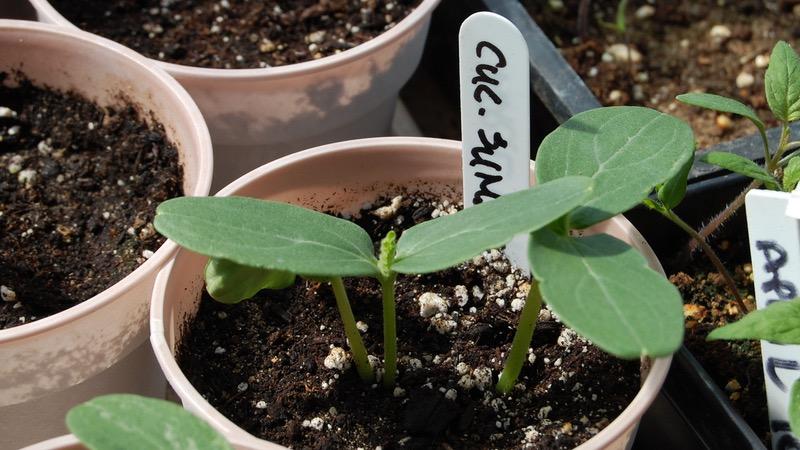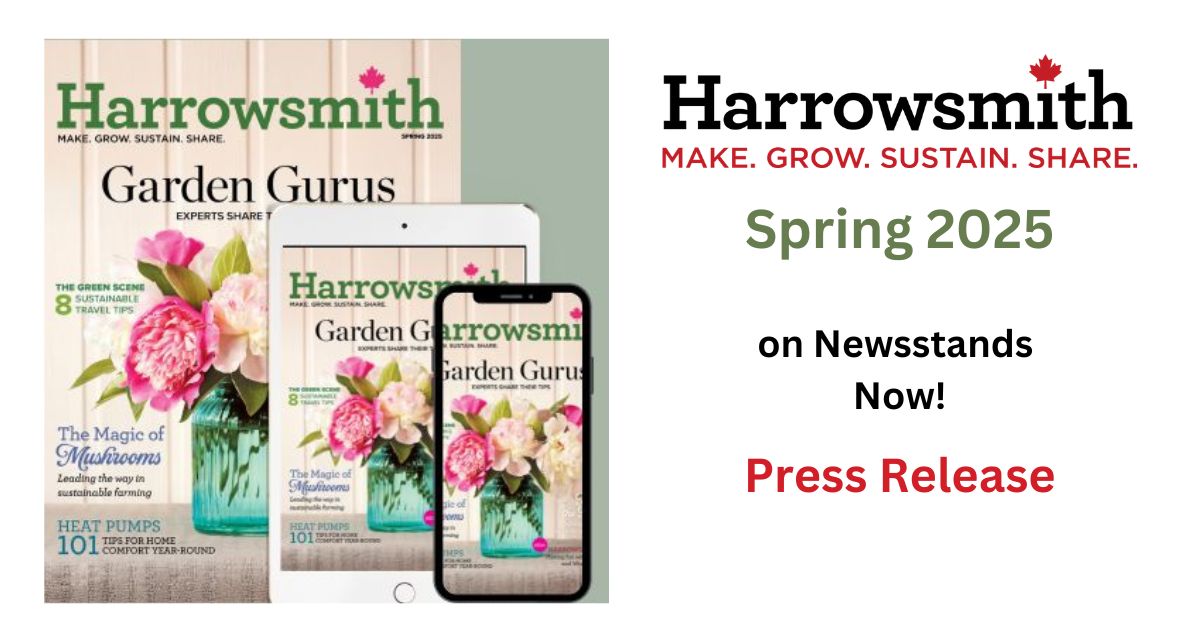Once you have a garden plan, it’s time to start seedlings for your garden. Order your seeds early to avoid disappointment.
We work on our seed starting plans during the coldest months of the year. In winter, it is important to think through the space that you plan to grow veggies, fruit and herbs in. Come spring, the demands on your time and energy are so great that you will be glad you did this now.
Placed your order with the seed catalogue company and follow these tips to make sure you’re ready to sow seeds indoors in late winter or early spring.

7 tips for starting seeds
• Gather containers, such as purpose-made seed-starting trays, reused dairy containers or whatever other vessels you can imagine. Drainage is important: Cut holes if there aren’t any.
• Consider the growing medium. You can buy a pre-mixed seed starting soil, or make your own with equal parts peat moss, vermiculite and sharp sand.
• Sow seeds according to the depth and density listed on the seed package. For smaller seeds, it is often easier to sprinkle them on the soil, and then sprinkle more soil on top. Firm with your fingers.
• Water carefully to avoid washing away the seeds. Start with a fine mist of water from an atomizer bottle, then switch to watering from a can as the seedlings become anchored with a root. Let the soil dry slightly between waterings.
• Cover with a clear plastic lid or bag to create a humid environment. If evidence of fungal disease such as powdery mildew appears, remove the cover for air flow or prop it up with a Popsicle stick.
• Pay attention to lighting, which is important once the seed has germinated and the first green leaves appear. For many seedlings, a sunny south-facing window will suffice, provided the plants are rotated daily to avoid getting lopsided. If you opt for artificial light, adjust it to 10 to 14 cm (4 to 5 1/2 inches) above the seedlings for 15 hours per day.
• Fertilize once multiple pairs of leaves start to appear. A water-soluble 10-52-10 fertilizer works well.
Learn how to harden off your seedlings before transplanting.
Mark Cullen is an expert gardener, author, broadcaster and tree advocate
and holds the Order of Canada. His son, Ben, is a fourth-generation
urban gardener and a graduate of the University of Guelph and Dalhousie
University in Halifax. Follow them at markcullen.com, @MarkCullen4
(Twitter) and @markcullengardening (Facebook) and look for their latest book, Escape to Reality.
Follow them at markcullen.com, @MarkCullen4, facebook.com/markcullengardening and biweekly on Global TV’s national morning show, The Morning Show.













